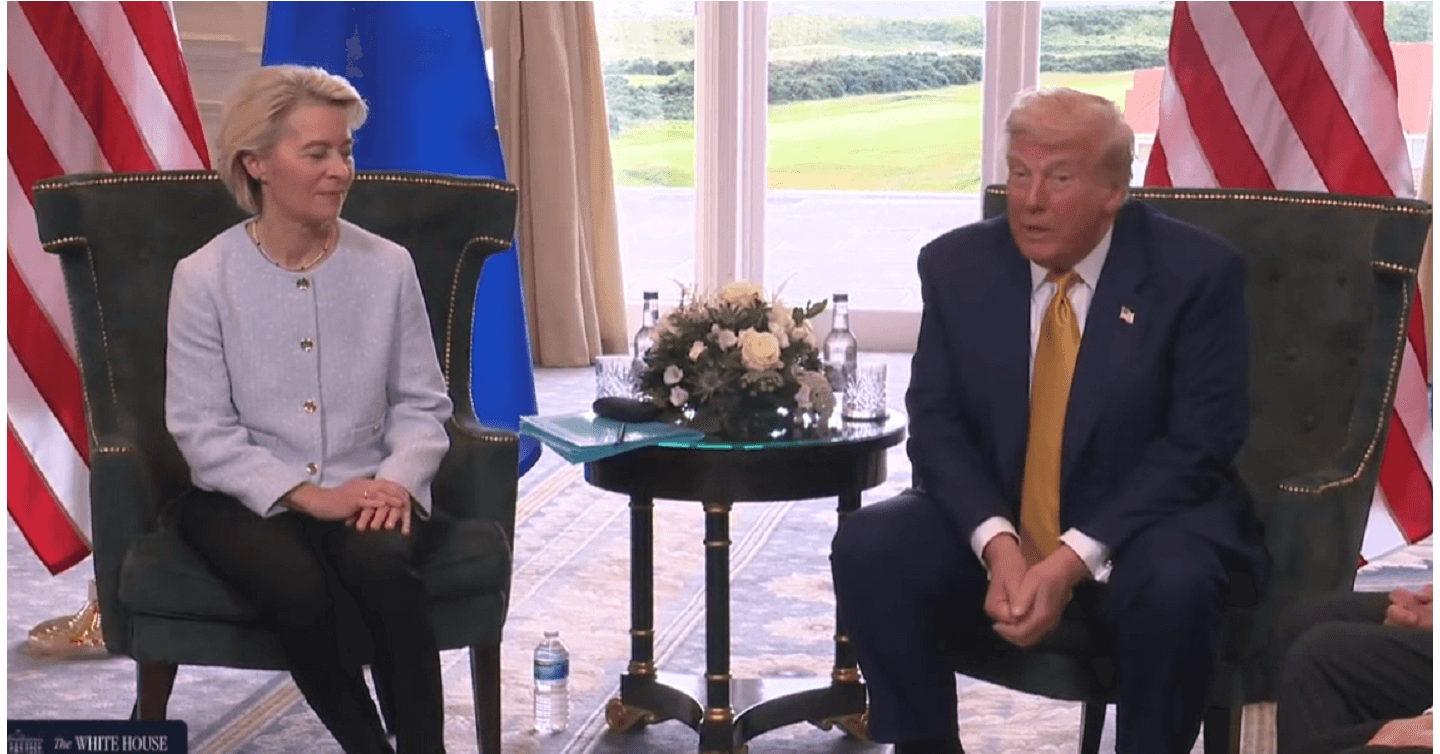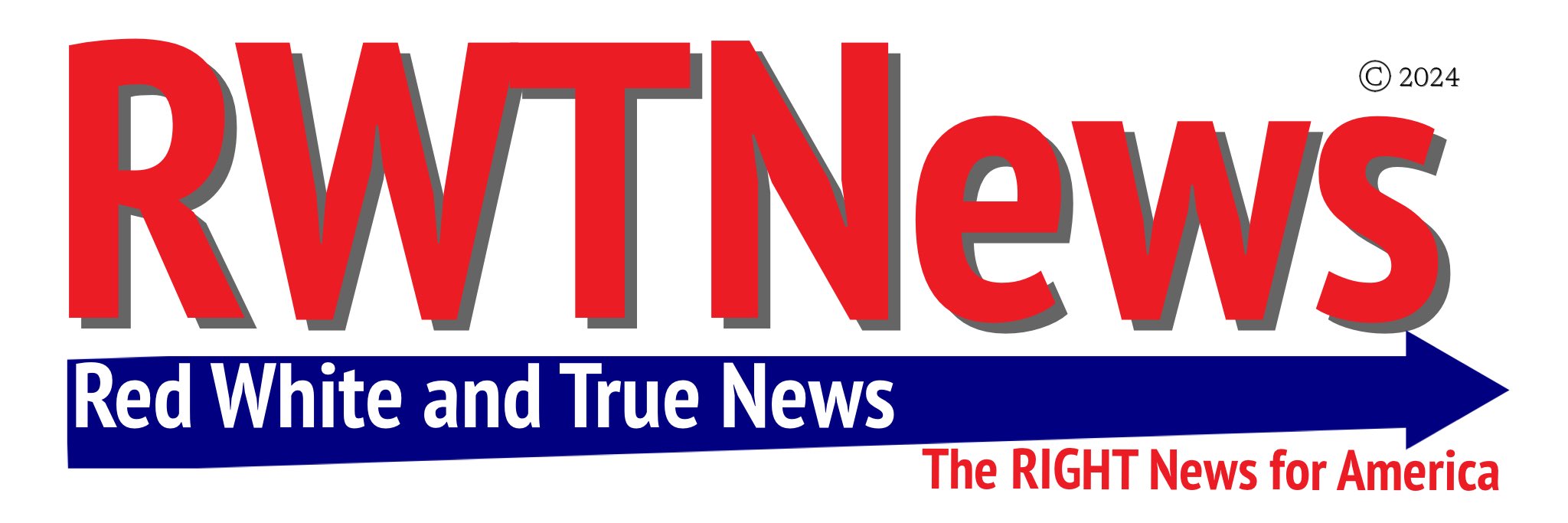
None /
President Trump Secures Major Trade Deal with EU, Averts Tariff War
The negotiations, described as a “50-50” prospect by both Trump and von der Leyen before their meeting, culminated in a deal that strengthens economic ties between the U.S. and its largest trading partner.

Tommy Flynn
July 27, 2025 - President Donald Trump announced a landmark trade framework agreement with the European Union on Sunday, July 27, 2025, following intense negotiations with European Commission President Ursula von der Leyen at his Turnberry resort in Scotland. The deal, finalized just days before an August 1 deadline, sets a 15% tariff rate on most EU goods entering the U.S., including cars, halving Trump’s earlier threat of 30% tariffs. This agreement marks a significant step in reducing the U.S. trade deficit with the EU, which reached $178 billion in goods last year, while avoiding a costly transatlantic trade war.
The negotiations, described as a “50-50” prospect by both Trump and von der Leyen before their meeting, culminated in a deal that strengthens economic ties between the U.S. and its largest trading partner. The EU, representing 27 nations and nearly 450 million people, agreed to invest heavily in American energy, particularly liquefied natural gas (LNG), and purchase U.S. military equipment. In return, the U.S. lowered tariffs from the 25% rate imposed on April 2, 2025, on cars and parts, providing relief to German automakers like Volkswagen and BMW, which faced $1.3 billion and $800 million in losses, respectively, due to earlier tariffs. The agreement also includes exemptions for sensitive sectors like aircraft and spirits, benefiting EU nations like France and Ireland.
Trump hailed the deal as a “rebalancing” of trade, emphasizing fairness and job creation for American workers. “This is bigger than any other deal,” he said, noting it builds on recent agreements with Japan, Britain, and Vietnam. U.S. Commerce Secretary Howard Lutnick underscored the deal’s economic benefits, stating it ensures “stability and predictability” for businesses while incentivizing EU investment in U.S. industries. Treasury Secretary Scott Bessent called it a “generational opportunity to reset trade,” highlighting the EU’s commitment to buy American energy and defense products, which could boost domestic manufacturing.
The EU, initially prepared to retaliate with tariffs on $109 billion of U.S. goods—including bourbon, Boeing airplanes, and soybeans—opted for negotiation over escalation. EU trade commissioner Maroš Šefčovič, who joined von der Leyen alongside other top negotiators, stressed the deal’s role in preserving the €1.68 trillion ($1.96 trillion) transatlantic trade relationship. The agreement avoids revisiting contentious issues from the failed 2013 Transatlantic Trade and Investment Partnership (TTIP), such as agricultural concessions or multinational arbitration schemes, focusing instead on modest tariff adjustments and mutual economic benefits.
Trump’s strategy of leveraging tariff threats proved effective. The deal, while preliminary, sets a 15% baseline tariff, lower than the 30% Trump threatened on July 12, 2025, in a letter to von der Leyen demanding open market access. The agreement also aligns with Trump’s broader trade agenda, which has secured deals with Japan (15% tariffs) and Britain (10% tariffs), though talks with Mexico remain unresolved.
